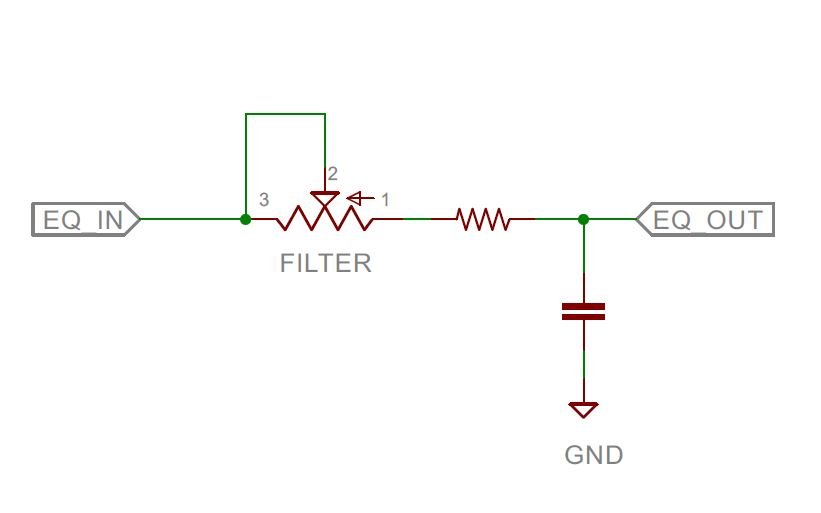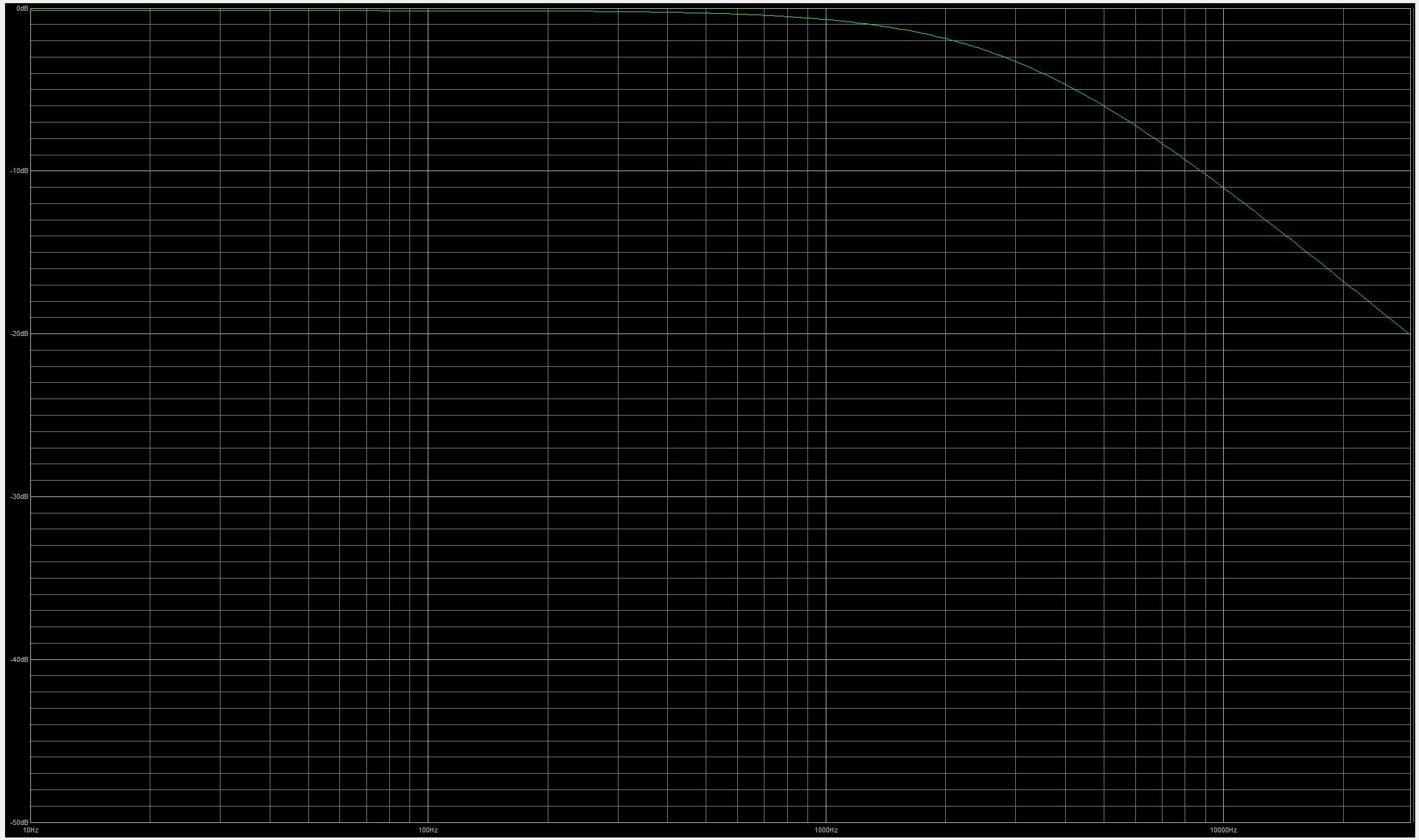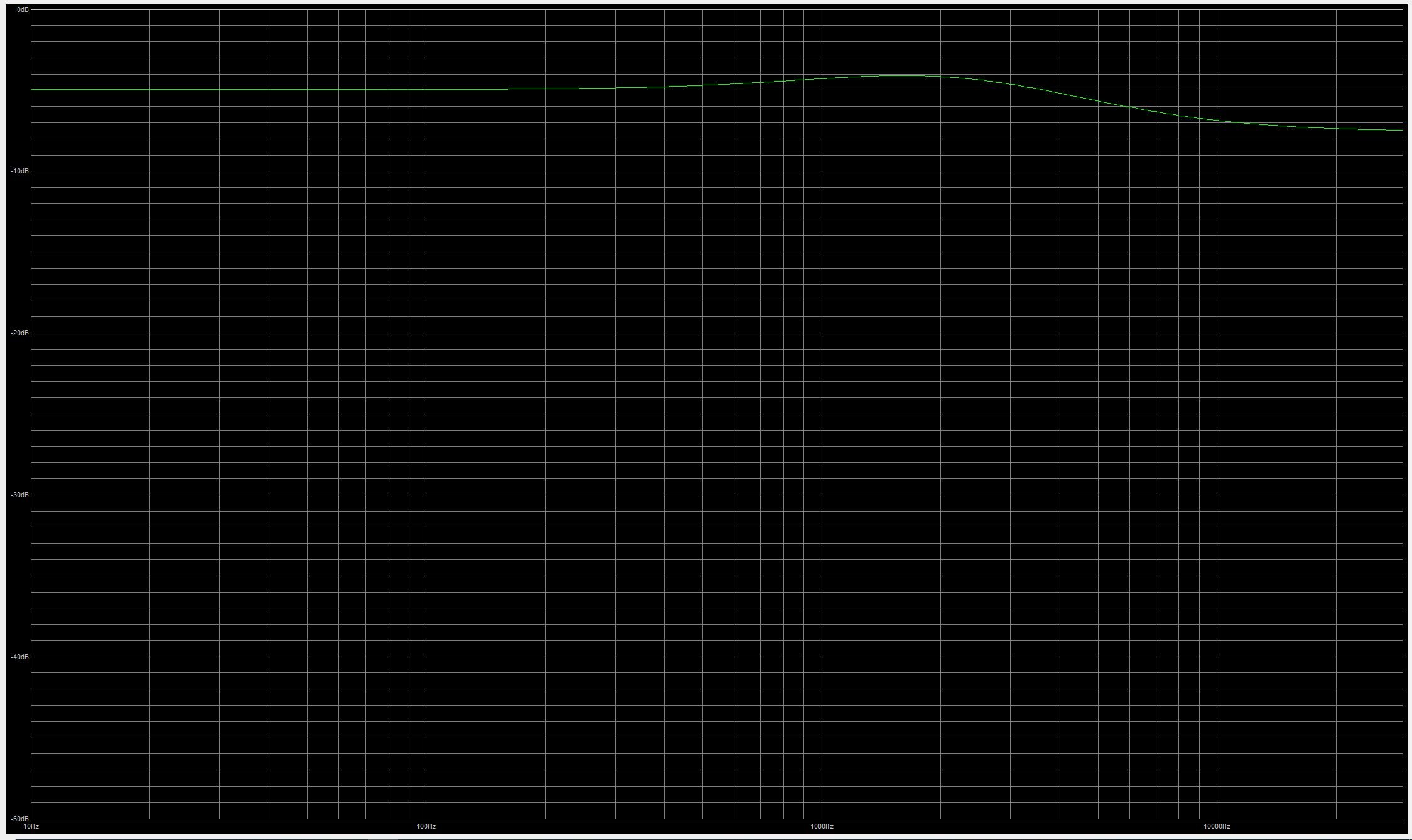designer notes – cONCEPT – LINK EQ feature
As you can see from a few other CTC designs, I am fascinated by pedals containing two or more related circuits that you can select with a twist of a knob or a switch; whether they are direct clones or just inspired by sonic landmarks. It’s not something new as it has been done by many pedal companies that I admire and love, but I think there’s always some new / old ground to be covered.
I wanted to create a pedal inspired by two of the most recorded fuzz distortion pedals in the 70s, 80s and 90s and put them in a single box sharing the same controls. I knew that the RAT® and Big Muff® have seen quite a few different versions throughout these decades and a million clones - variations afterwards, so I had to design a pedal versatile enough to capture the full saturated sonic palette.
I started by placing the two circuits on paper - or to be exact in the circuit design software - on top of each other and had a moment of “epiphany”. Looking at the muff tone control I “saw” the rat tone / filter control in there as well. Let me elaborate on this. The muff tone control is a blend of fixed lowpass and highpass filters that the combination of their cut-off points produce the distinctive muff scoop/notch . The rat tone / filter control is a variable lowpass - or high cut if you prefer – filter. So by using a smart switching circuit and transforming the muff’s fixed filters into variable you can get the tone controls from both the original circuits and many more enhanced sounds. The voice knob is the variable highpass filter and it is always active in the M circuit along with the tone knob in order to provide the feel of the different muff variations throughout the years. The filter knob is the variable lowpass and always active in the R circuit. When you hit the LINK EQ button then the filter knob goes active in the M circuit and the tone and voice knobs become active in the R circuit.
Below you can see the schematic for the original tone control circuit of the Big Muff®
and the original filter control circuit of the RAT®
Here are the graphs of the frequencies / harmonics attenuated for each passive EQ circuit when the respective tone control is set mid-way. Note that the frequency graphs below only show the behaviour of the respective tone circuit, not the whole pedal.
This is exactly how the M and R tone circuits inside the Motherload behave when the LINK EQ button is disengaged.
The schematic below shows an approximation of what is going on inside the Motherload’s tone circuit when you engage the LINK EQ button.
And here is the respective frequency graph with all EQ controls set halfway with LINK EQ button engaged
As you can see the mid scoop is giving its way to a slight “mid boost” a little over 1kHz compared to the muff tone while the low and lower mid frequencies are still somehow attenuated compared to the rat tone.
And this is only what happens with all 3 EQ controls set mid-way. Can you imagine all the sonic possibilities when you turn the knobs around? The tone controls are highly interactive with each other when the LINK EQ feature is activated while the final sonic result is different in each circuit because of the combination of all the other circuit elements and filters before and after the EQ section so make sure to explore the whole sonic palette!
Christos Ntaifotis
Crazy Tube Circuits







